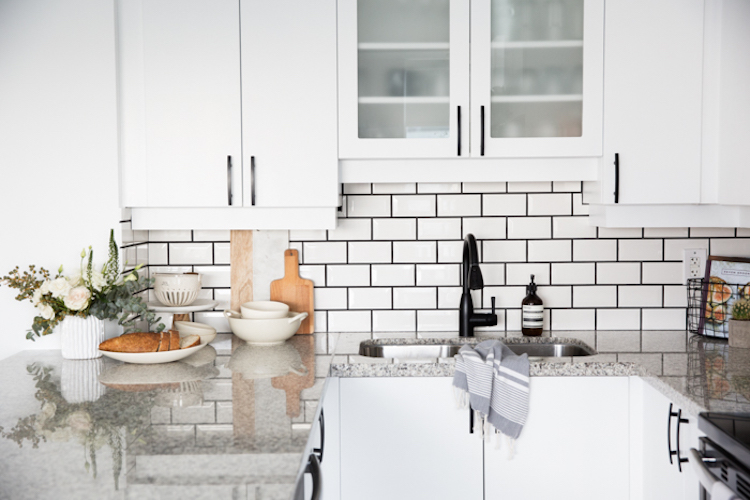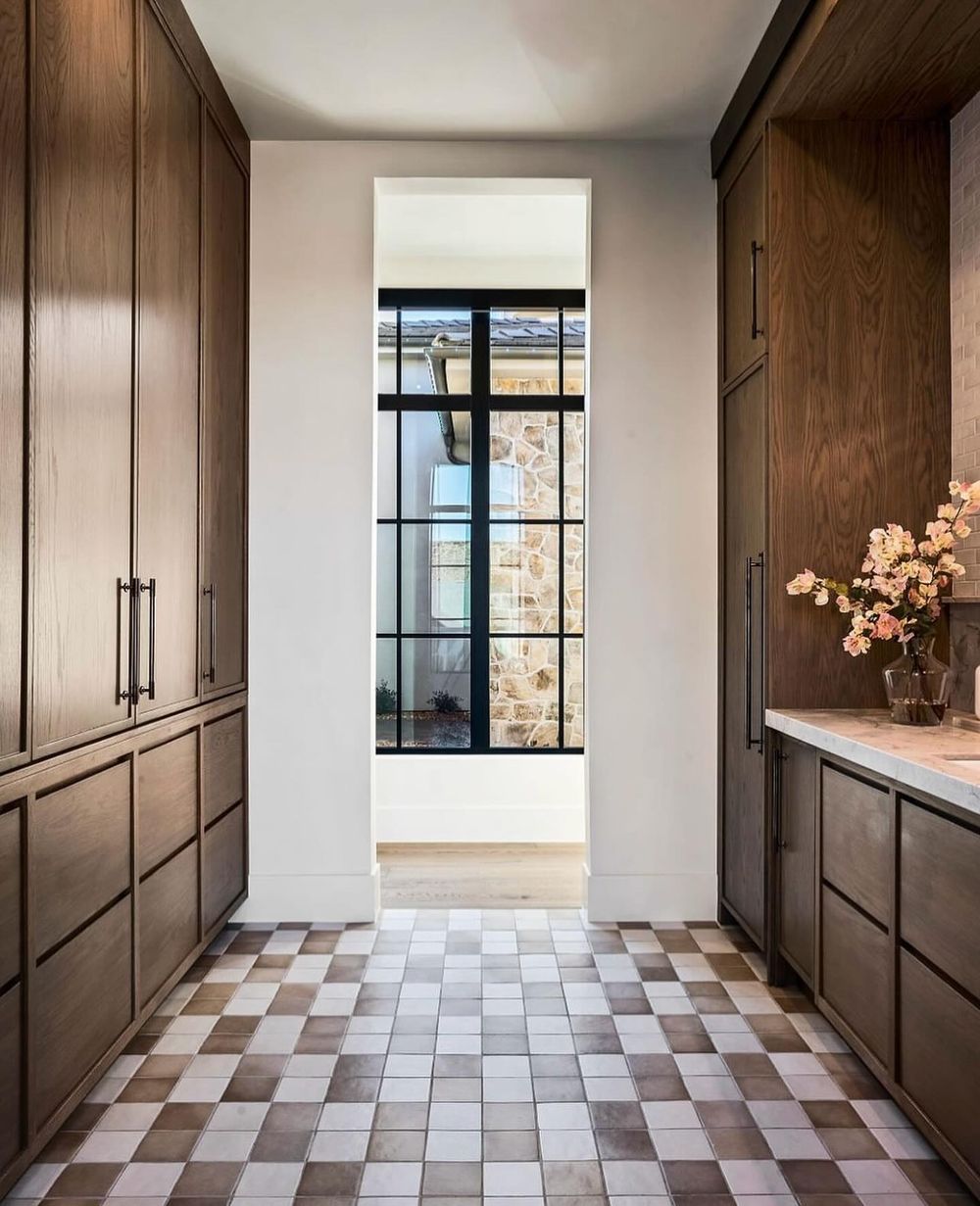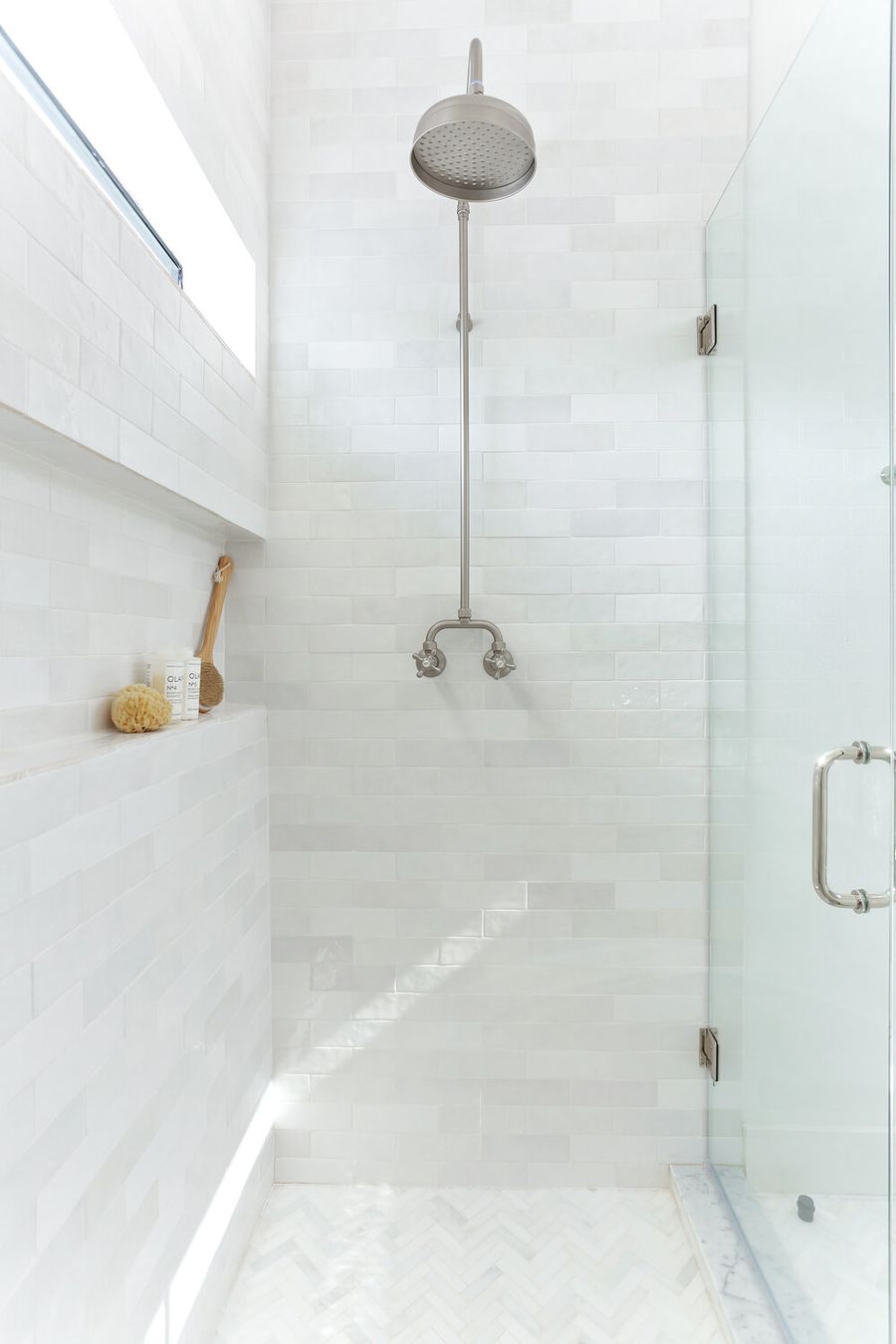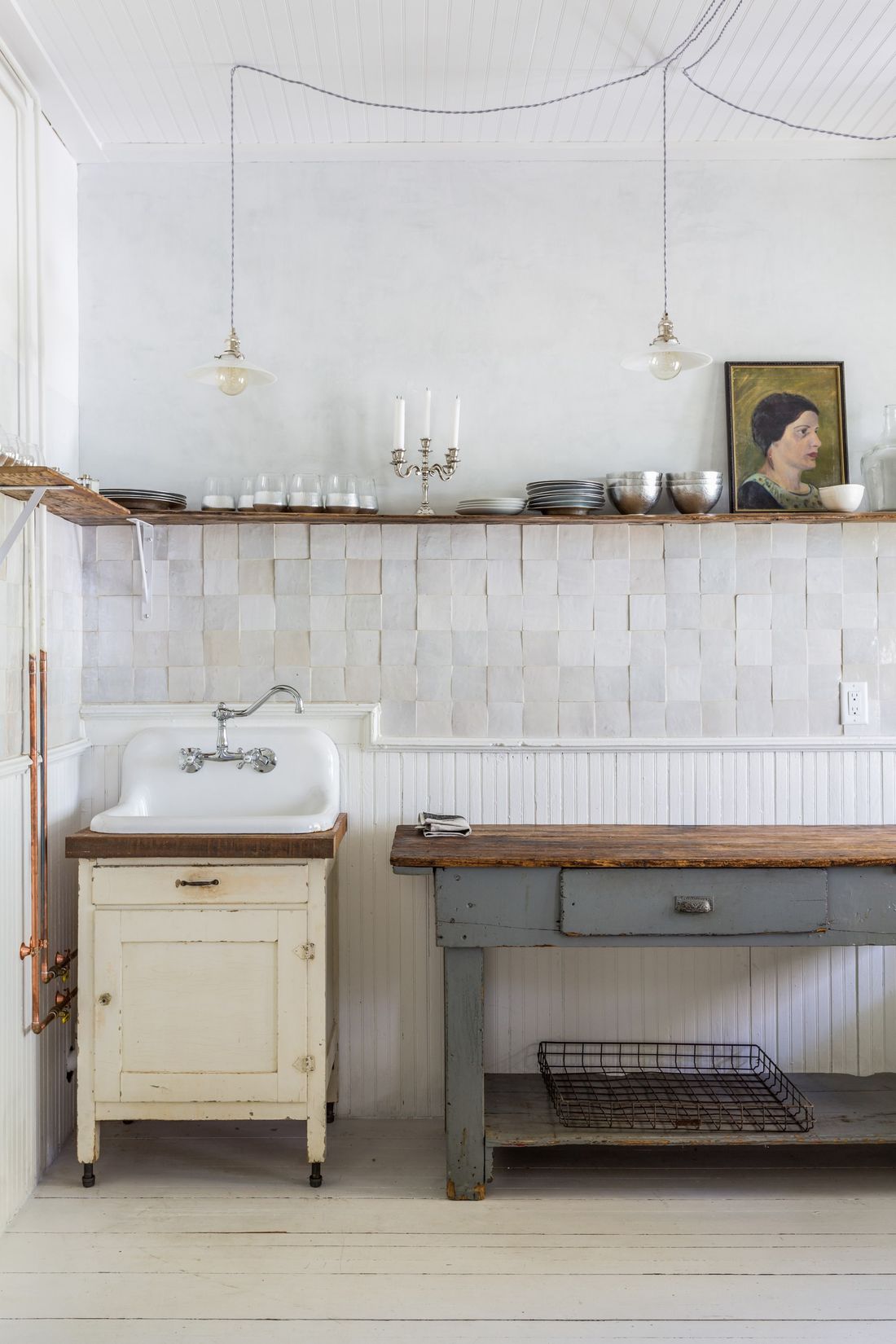Subway tiles are a classic and timeless choice for kitchens and bathrooms. Their rectangular shape and moderate size make them versatile and easy tiles to work with. While subway tile may seem simple, installing it properly and choosing the right accents can elevate your space.
I’ll share my top tips for selecting, laying out, and accessorizing subway tile for a stylish, modern look. Whether you’re doing a kitchen backsplash, bathroom shower surround, or feature wall, these design ideas will help you get the most out of this trendy, yet classic, tile style.
I’ll cover how to pick the right grout color, create interesting patterns and layouts, and pair subway tile with other materials. By the end of this article, you’ll feel confident in using subway tiles to add a contemporary, yet classic, vibe to your home. Let’s see why so many people love subway tile design!
Are Subway Tiles Still in Style?
While subway tiles have been popular for decades, they continue to be a stylish and versatile tile option for modern homes. The classic rectangular shape and smooth finish of subway tiles give them a clean, contemporary look that works in both traditional and modern spaces.
Subway tiles are often associated with vintage or retro-style design, but their simplicity also pairs well with sleek, minimalist aesthetics. Whether installing subway tile in a kitchen backsplash or bathroom surround, the tiles can create a nice contrast to materials like wood, stone, or marble. Subway tiles are still prevalent in many new builds and remodels today.
Their timeless, flexible appeal makes them a safe choice that is unlikely to ever completely fade from popularity. While trends come and go, subway tile remains a tried and true staple that can be adapted to changing styles with grout color, patterns, accents, and tile material. So if you’re wondering, yes, subway tiles are still in vogue and a fashionable option for many home interiors!
Subway Tile Sizing
What is the most popular size subway tile? When it comes to subway tiles, the most popular size by far is 3×6 inches. The elongated rectangular shape of the 3×6 size gives it a classic subway tile look that is versatile for both vertical and horizontal installation.
Compared to smaller or larger sizes, the 3×6 inch subway tile provides a good balance of coverage and grout lines. With the height being double the width, these subway tiles can create an elongating, stacked effect on walls that enhances the feeling of space.
While 2×4 inch subway tiles have seen a resurgence, the 3×6 size remains the quintessential and most widely-used subway tile for backsplashes, shower surrounds, and feature walls. Its versatility and balance of proportions make it suitable for both large and small spaces.
The rectangular shape also allows for interesting herringbone patterns or bricklaid designs. Whether going for a traditional or modern aesthetic, the 3×6 inch size is a flexible and popular choice for any subway tile installation. Its classic proportions continue making it a staple!
Subway Tile Finishes
Here are some of the most common subway tile finishes:
- Matte – This flat, non-reflective finish has a classic, understated look. Matte subway tiles work well in both modern and traditional spaces.
- Satin – More lustrous than matte, satin finish tiles have a subtle sheen. They reflect some light while still appearing fairly smooth and uniform.
- Polished – With a glossy, mirror-like surface, polished subway tiles have a more dramatic reflective quality. They can brighten up a space.
- Textured – Adding light texture gives subway tiles more visual interest. Options like fluted or ribbed tiles provide depth.
- Natural Stone – Subway-shaped tiles made of materials like marble, travertine or slate have natural variations.
- Glass – Clear glass subway tiles have a sleek, clean look. Tinted or frosted glass adds color and diffuses light.
- Metallic – Real or faux metal subway tiles in finishes like stainless, copper, or nickel add glamour.
- Patterned – Bold patterns like chevron, arabesque, or moroccan create an eye-catching focal point.
The most popular finishes tend to be matte, satin, and polished for a classic subway tile look. But textured, patterned, or material options add personality.
Subway Tile Patterns
What is the best pattern for subway tile? When it comes to choosing a pattern for subway tile, the simple stacked or bricklayer pattern is often the most versatile and classic option.
By installing the rectangular tiles in offset rows, this layered pattern creates visual interest and movement without being overly busy. The staggered rows draw the eye across the surface in a subtle zig-zag. For many, this is the quintessential subway tile pattern, giving it a clean, orderly look that works in traditional, transitional, or contemporary spaces. The stacked pattern also allows the tiles themselves to take center stage, highlighting their shape, finish, and grout lines rather than ornate designs.
Installing subway tiles vertically can create an interesting and striking look. The elongated rectangular shape of the tiles is perfect for stacking in a vertical direction. Running subway tiles from floor to ceiling can make a space feel taller and more spacious. Vertical installation also highlights the linear pattern created by the tiles and grout lines, drawing the eye upward. Backsplashes, shower surrounds, and accent walls in bathrooms or kitchens often look great with vertical subway tiles.
While decorative patterns like herringbone or chevron can look striking, the basic offset stack remains a foolproof pattern that suits most settings. Its simplicity highlights the tiles rather than competing with them.
For those wanting an understated look that can serve as a neutral backdrop or accent wall, the staggered stack pattern is often the best and most versatile choice for subway tiles.
Subway Tile Decorating
How do you make subway tile look good? Here are some tips for making subway tiles look good!
Vary the layout. Stacking in a brick pattern adds interest. Herringbone or chevron patterns make a statement. Mix tile sizes for dimension. Pair 3×6 inch with 2×4 inch tiles or add decorative listello. Go vertical. Stacking subway tile vertically draws the eyes up and adds height.
Choose the right grout color. Contrasting grout makes the tiles pop while matching grout gives a seamless look. Use trim and accents. Bullnose tiles on edges and decorative inserts create borders. Contrast with other materials. Pair subway tile with stone, wood, or marble for visual texture.
Light it right. Proper lighting highlights subway tiles and adds drama. Sconces work well. Clean properly. Grimy grout lines can make tiles look dingy. Use a grout brush and tile cleaner.
Add an accent wall. Use bold colored or patterned subway tile on one wall as a focal point. Balance subway tile with paint or other materials so it doesn’t feel overly repetitive.
With the right choices and proper installation, subway tile can create a classic yet contemporary look in both kitchens and bathrooms.






wow that bathroom is beautiful! I love the copper taps and shower head and those floor tiles are simply stunning
Absolutely gorgeous! What brand are the floor tiles?
Subway tile is a timeless choice, and your design tips are very helpful. I love the suggestions on layout patterns and grout color selection. Including some styling ideas for different kitchen or bathroom aesthetics would make it even better. Keep up the great work!